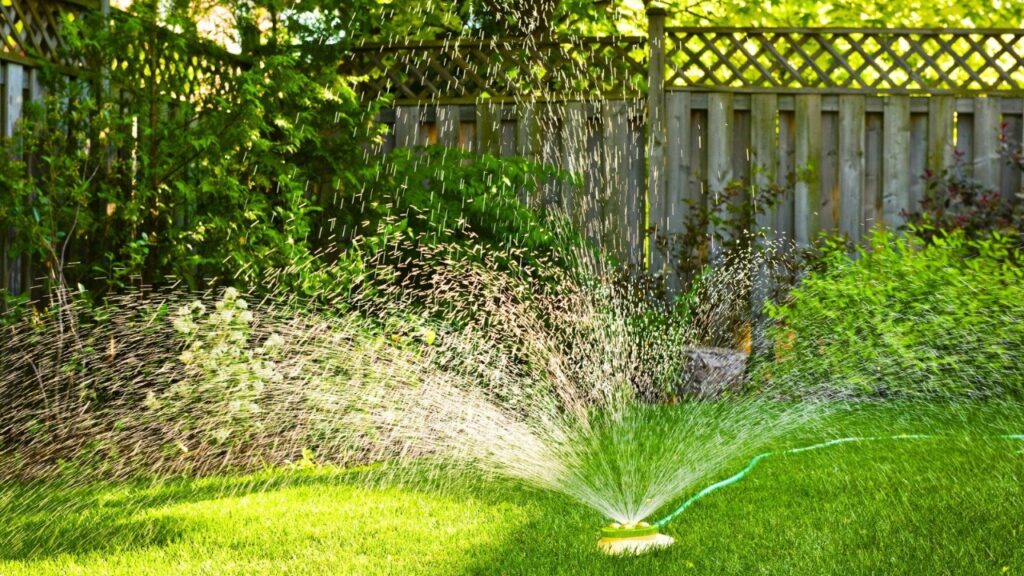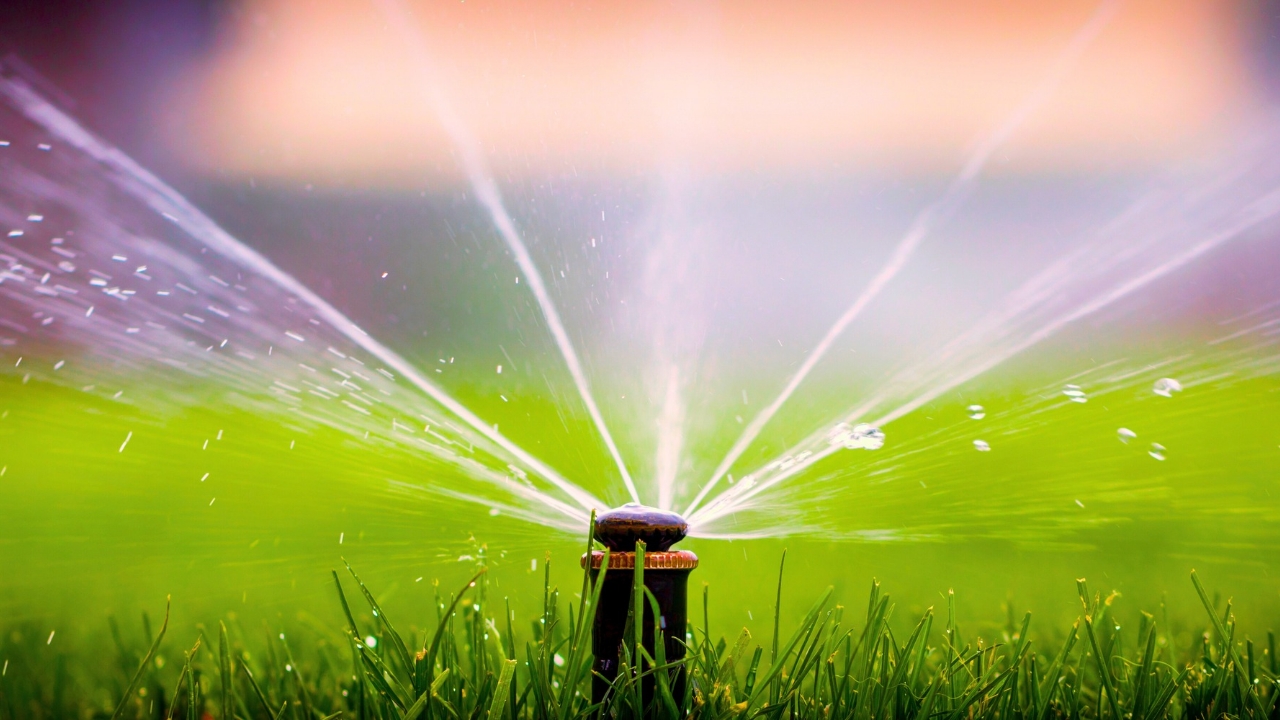In the summer, most lawns require watering. Lawns become dry from the sun and heat if they aren’t hydrated. However, as October approaches with its cooler temperatures and sporadic precipitation, the necessity of irrigation might not be as obvious. In the fall, when should you stop watering your grass, and why should you continue?
To determine when to stop watering your grass in the fall, follow these tips.
When to Cut Back on Lawn Watering in the Fall?

When the grass stops growing or becomes dormant in the fall, you should stop watering your lawn. The lawn can rest during dormancy, a natural hibernation, until it is ready to develop again in the spring.
Watering your lawn should generally cease by the third week of November. You might need to stop watering early in areas that are prone to frost. You might need to water into early December in hotter climates.
Do you want additional advice on gardening? Get our best-growing advice, troubleshooting tricks, and more by subscribing to our free gardening newsletter!
The Reasons for Watering in the Fall

According to Lotte Berendsen, a licensed botanist and plant expert at Plantin, it’s crucial to water your lawn thoroughly in the fall.
“It reduces any stress and drought caused by the prior summer heat.” Your grass has an opportunity to recuperate and rebuild its vitality prior to the arrival of winter as temperatures drop.”
When planting grass seed to create a new lawn, watering is also crucial. In addition to spring, fall is an excellent time of year to plant grass, especially cool-season varieties like perennial ryegrass or hard fescue.
Another excellent time to mow the lawn is in the fall. Adding grass seed to a lawn to cover barren areas and thicken growth is known as overseeding.
Advice
Before applying compost and grass seed, a lawn should be mowed, aerated, and de-thawed. Give it a lot of water during the first few days and then as needed throughout the fall.
Limitations on Temperature

The first frost of the year is one indication that it’s time to stop watering. The first frost in most areas is predicted to occur at the end of November, during the fall holiday season.
Verify the date of the first frost in your location because every place is different. The typical annual minimum temperatures for your area can be found using the USDA Plant Hardiness Zone Map.
Watering is essentially pointless once the ground freezes since the liquid cannot penetrate the frozen ground to reach the grassroots.
How Often Should You Water Your Lawn in the Fall?

If there isn’t any rain, keep watering your grass at its usual pace throughout the fall: two 30-minute sessions per week, for a total of 1 to 1-1/2 inches of water.One
Berendsen advises you can stop watering by hand if it rains. No matter where the water comes from, all you have to do is meet the weekly quota.
Knowing When to Turn Off the Sprinkler System

Before local temperatures drop below freezing, it’s necessary to winterize your irrigation system and stop utilizing it.
The severe cold of winter might harm your sprinkler system. This occurs when water in the pipes swells and cracks the sprinkler fittings and other fragile pipes.2.
Use an air compressor to blow out the sprinkler system prior to the first frost, or use the automatic drain technique for more recent systems.
Fall Watering Schedule for the Month
September
As usual, water the yard. If desired, plant grass seed or oversee.
October
Keep watering the lawn.
November
By the third week of November, cease watering your yard. Sprinklers should be winterized.
December
Don’t water the lawn. Finish the sprinkler system’s winterization.
Throughout the fall, water your lawn, pausing about the third week of November:
September
September 22 or 23 marks the transition from summer to fall. Despite being a transitional month, September is still a great time to oversee lawns and grow fresh grass. Thus, continue with your usual watering routine.
October
Throughout the entire month of October, water your grass. Continue to mow, dethatch, aerate, and fertilize your grass as part of your fall lawn care routine. To allow water to permeate the turf, the lawn must be cleared of leaves.
You may require:
You can keep watering the grass throughout the fall by using leaf blowers and vacuums to expedite the clearance of leaves. To provide you with the best vacuums and leaf blowers, we have tested a wide range of possibilities.
November
You should cease watering your grass by the end of November. The last days to irrigate the grass are usually around November 24 or around fall holidays.
December
The official start of winter is typically December 21–23, but you should have stopped watering the grass much earlier. You will not be watering your grass in December in all but the warmest climates.

